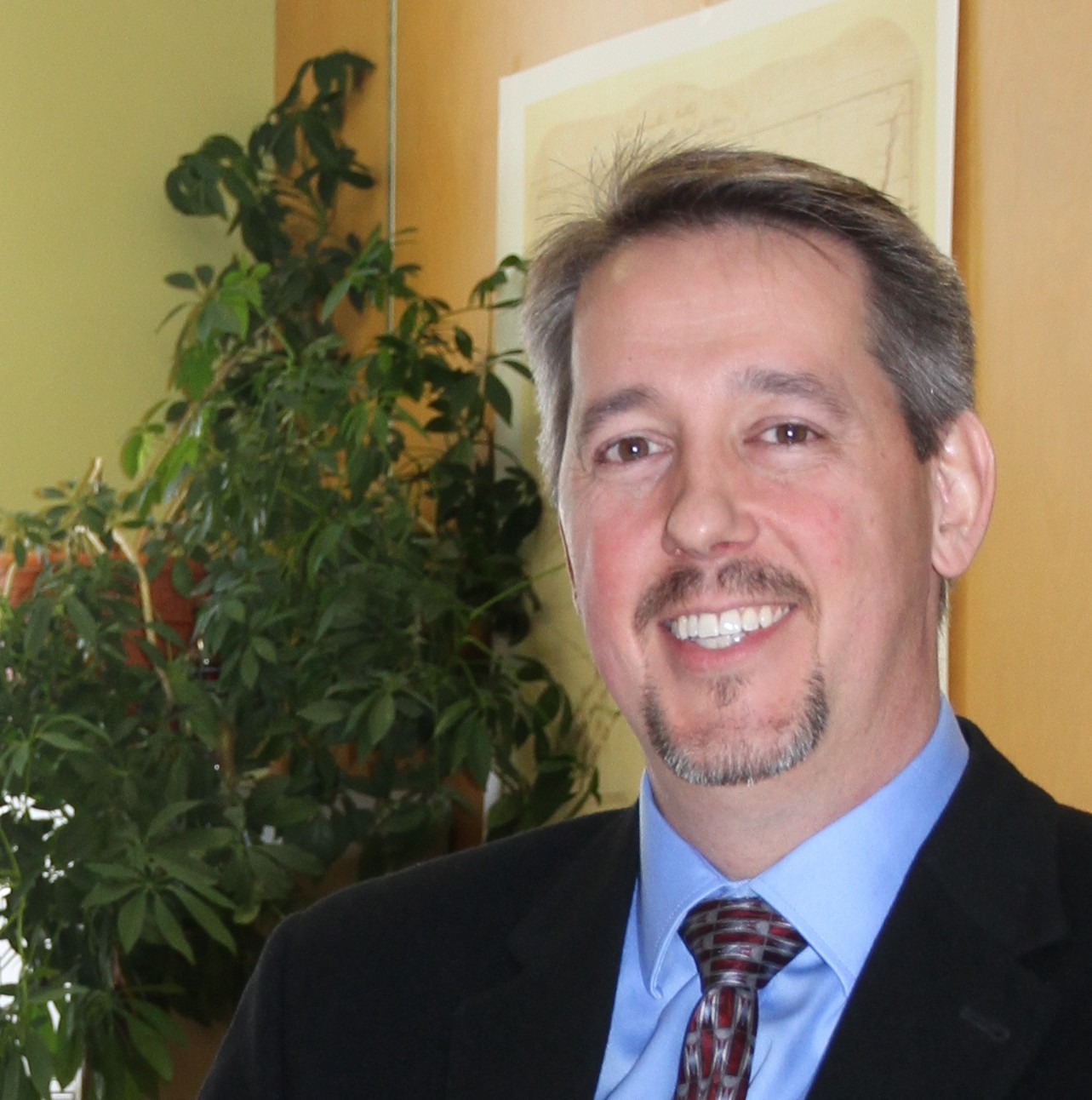Building partnership momentum
The institutional priority of creating effective and sustainable partnerships with off-campus stakeholders continues to gain momentum, supported in part by the work of the external partnership commitment and by new U of S initiatives.
By Kris Foster "The second integrated plan identified the importance of strengthening external and community partnerships at the U of S," said Keith Carlson, who along with Peggy Schmeiser, director of government relations, co-leads the external partnership commitment. "Partnerships are defined and understood in different ways all across campus; whether it's with funders, donors, community-based partners or faculty and colleagues at other institutions. All of those are accurate, but we wanted to clarify and better define them to help people build feasible and successful partnerships."
"The second integrated plan identified the importance of strengthening external and community partnerships at the U of S," said Keith Carlson, who along with Peggy Schmeiser, director of government relations, co-leads the external partnership commitment. "Partnerships are defined and understood in different ways all across campus; whether it's with funders, donors, community-based partners or faculty and colleagues at other institutions. All of those are accurate, but we wanted to clarify and better define them to help people build feasible and successful partnerships."
Through consultation both on and off of campus, the commitment group identified three main areas on which to focus. "Some partnerships are working really well, some have gone sour and others don't know how to start partnerships," said Carlson, who as a history professor and current director of Centre for Culture and Creativity. "It is all over the place so we want to help facilitate partnerships through best practices without becoming gatekeepers."
A recurring issue was the lack of a "front door" at the university, he explained. "We heard it enough times from people we spoke with that we don't have a physical or virtual front door to campus. Where do you go if you are unfamiliar with the campus to start a partnership or get information? People mistake the RUH emergency as our main entrance. And where do you get started online if you are not familiar with us? In the past, even the president has received general partnership requests."
In addition to the findings of the commitment, the Provost's Committee on Integrated Planning (PCIP) recently announced funding for three initiatives: a community engagement office at Station 20 West to open this summer; a First Nations and Aboriginal engagement office at English River south of the city; and the 18-month appointment of a special advisor on outreach and engagement, a position Carlson has accepted.
"These off-site offices are another option for people to get started if they are intimidated by the size of campus, while also signaling that the university is making an effort to be welcoming and part of the community," said Carlson.
"All of this works towards developing meaningful partnerships that benefit research and scholarship, teaching and learning, and the student experience."
The commitment group is also putting the finishing touches on its report that outlines its findings and provides guidelines, principles and best practices for partnerships. That report will be available early this year.
There is much to be done as special advisor on outreach and engagement, he continued. "Outreach and engagement is locally grounded by knowing your geography but never limited to your location; we want to see local opportunities become models for national and international opportunities. But it needs to have impact. It can't just be outreach and engagement for the sake of outreach and engagement."
Next steps, beyond getting the two new offices up and running and finalizing the commitment report, include determining measures of success and getting people on campus to think about worthwhile partnerships to pursue.
"We can't mandate people to develop partnerships, but we can get them thinking about them. The U of S is a complicated environment and there is lots going on. We have expertise that people want, and that expertise results in partnerships that work really well. Looking forward, there are a few ways we can measure success, like we have ‘X' number of partnerships, ‘X' per cent of students were involved in an experiential learning opportunity, or ‘X' number of Tri-council grants have community-based partners involved. Overall, we will know we are successful when we are recognized internationally for outreach and engagement."

